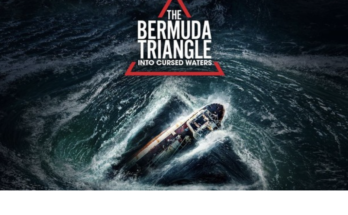
Such adorable legged robots explores…Humanity may one day mine and exploit the raw resources found on the moon. Missions to better investigate Earth’s satellite and locate minerals are already being planned by a number of space agencies, including the European Space Agency (ESA). This necessitates the use of suitable exploration vehicles. The idea of sending a full team of vehicles and flying apparatuses that work in harmony on an exploratory mission is now being pursued by Swiss researchers led by ETH Zurich.
Three ANYmal, a class of legged robot created at ETH, were given a variety of measuring and analytical tools by the researchers, which could make them acceptable exploration tools in the future. They tested these robots in Switzerland and at the European Space Resources Innovation Center (ESRIC) in Luxembourg, where the Swiss team and German teammates previously won a European competition for lunar exploration robots. Finding and identifying minerals on a test site that was made to resemble the surface of the moon was required for the competition. Scientists reveal how they use a team of robots to explore an uncharted landscape in the most recent issue of the journal Science Robotics.
Insurance against failure
“Using multiple robots has two advantages,” explains Philip Arm, a doctoral student in the group led by ETH Professor Marco Hutter. “The individual robots can take on specialized tasks and perform them simultaneously. Moreover, thanks to its redundancy, a robot team is able to compensate for a teammate’s failure.” Redundancy in this case means that important measuring equipment is installed on several robots. In other words, redundancy and specialization are opposing goals. “Getting the benefits of both is a matter of finding the right balance,” Arm says.
The researchers at ETH Zurich and the Universities of Basel, Bern and Zurich solved this problem by equipping two of the legged robots as specialists. One robot was programmed to be particularly good at mapping the terrain and classifying the geology. It used a laser scanner and several cameras—some of them capable of spectral analysis—to gather initial clues about the mineral composition of the rock. The other specialist robot was taught to precisely identify rocks using a Raman spectrometer and a microscopy camera.
The third robot was a generalist: it was able to both map the terrain and identify rocks, which meant that it had a broader range of tasks than the specialists. However, its equipment meant that it could perform these tasks with less precision. “This makes it possible to complete the mission should any one of the robots malfunction,” Arm says.
Get the full details of the post in the link below:


